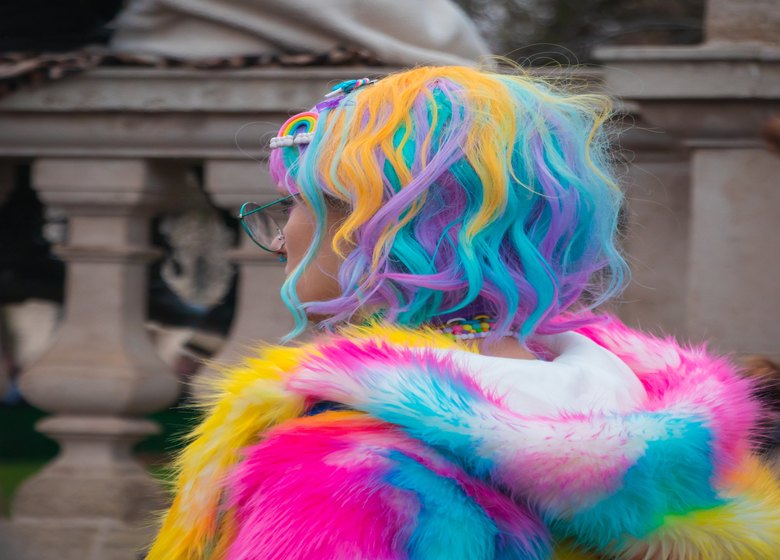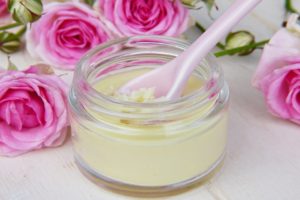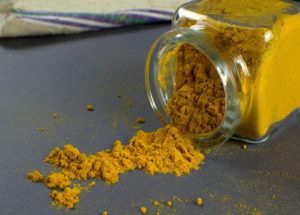One of the coolest things to do can be to dye your hair. Yet dyeing hair should be done with caution as it can be detrimental to the safety of your skin during processing and also have adverse effects on your body. Continue reading to know the side effects of hair dyeing.
Side Effects Of Hair Dyeing
Simply put, hair coloring is merely basic chemistry. It’s all about the reactions that take place between pigments in your hair, pigments in dye, peroxide, and ammonia. And the one thing we’ve come to accept with all the experience we’ve had with chemicals is that—they’re usually not good. Here’s why:
1. Over Processing
Permanent hair colors often have ammonia (or related chemicals) and peroxide in them. The ammonia breaks through your hair shaft and the peroxide will neutralize the natural hair pigment (or bleach out) and strip it. This process of relaxing hair cuticles to reach your hair’s cortex and bleaching out its natural pigment is hair damage. Using these chemicals to treat your hair can cause it to lose luster, break easily, and wash away with water in some extreme cases. Although damaged hair can be restored with hair care procedures to some extent. Cutting off your hair is the only way to get rid of the damage caused by over-processing.
2. Effects On Fertility
The common ingredient in permanent hair colors is lead acetate. Research has established a possible link between these chemical and fertility issues in both men and women. It should also be pointed out that pregnant women should not use any hair coloring because the chemicals present can cause malignancy in their unborn baby.
3. Upkeep
While this is not technically a side effect, it may be the cause of some of it. A lot of people don’t realize how much they’re putting into the upkeep of colored hair. It’s a long-term commitment that you’re going to have to rush back to the salon every month or so, which can be tough on your hair. You will need to purchase specially formulated items for colored hair. A few styles require daily touch-ups, and your body, in general, needs so much extra care. Post-process hair is truly vulnerable and requires a great deal of time, patience and attention. Failure to give your hair what it wants can result in locks lacking in shine, luster, and nutrition.
4. Allergic Reactions
Hair colors that cause allergic reactions are not rare, particularly as permanent hair colors contain paraphenylenediamine, a popular allergen. People with contact dermatitis are particularly susceptible to reactions to PPD and other chemicals in dyes. People with skin conditions such as eczema and psoriasis should also refrain from coloring their hair with hair dyes. In milder cases, permanent dyes can cause itching, skin irritation, redness, or swelling on your scalp or other sensitive areas like your face and neck. Another thing to keep in mind when using these dyes is that not having had an allergic reaction in the past does not mean you won’t have one in the future. The more you color your hair, the more likely you become to having an adverse reaction.
5. Asthma
Due to the persulfates present in them, hair colors aggravate asthma. Continued inhalation of these chemicals results in coughing, wheezing, inflammation of the lungs, the discomfort of the throat, as well as attacks of asthma.
6. Cancer
Since permanent hair dyes were first introduced, they included carcinogenic (cancer-causing) compounds. While the formulas were changed to replace these chemicals, there was no debate as to whether hair dyes could cause cancer. On the contrary, there is a need for more scientific research and study to link permanent hair dyeing with cancer.
7. Conjunctivitis
Failure to exercise extreme caution when dyeing your hair can result in chemicals that come into contact with sensitive parts of your face. In some cases, when hair-color chemicals, touch the skin, they can lead to conjunctivitis or pink eye. This causes inflammation and severe pain in other cases.
The safest way to dye your hair would be to give up permanent hair coloring and turn to natural alternatives to hair coloring.
All you want to do is experiment with different hair colors. Just make sure you are aware of the side effects of hair dyeing by making it dry and brittle. You should have nothing to worry about if you are careful and use natural coloring.
Also Read: Home Remedies And Tips To Control Hair Fall













